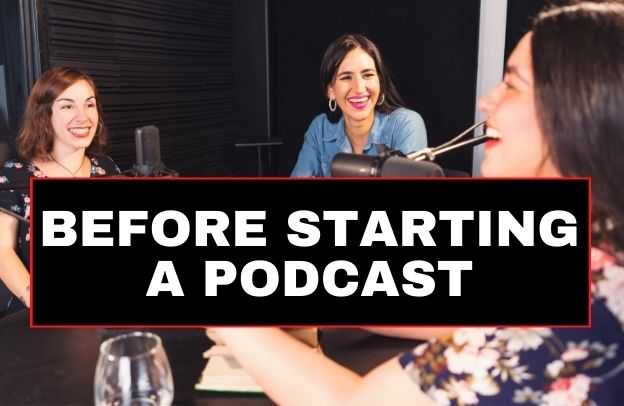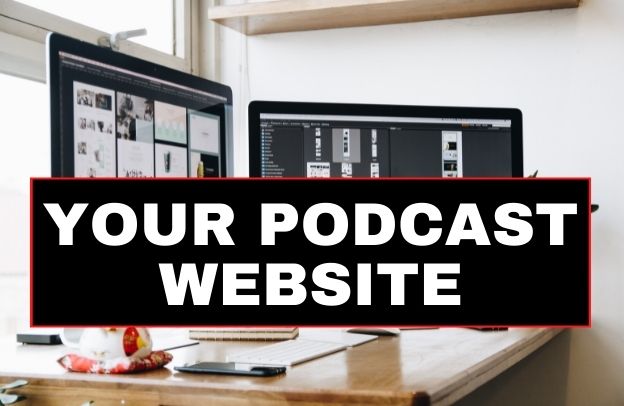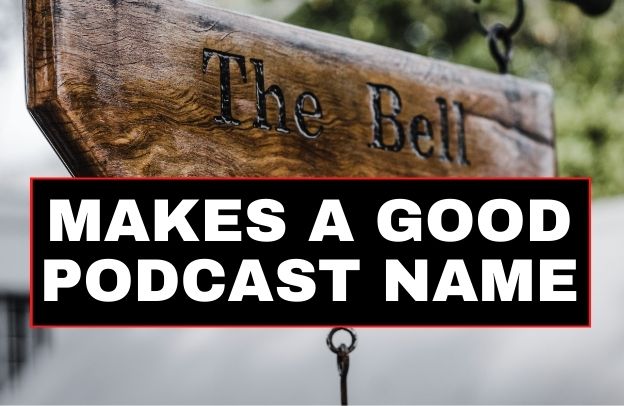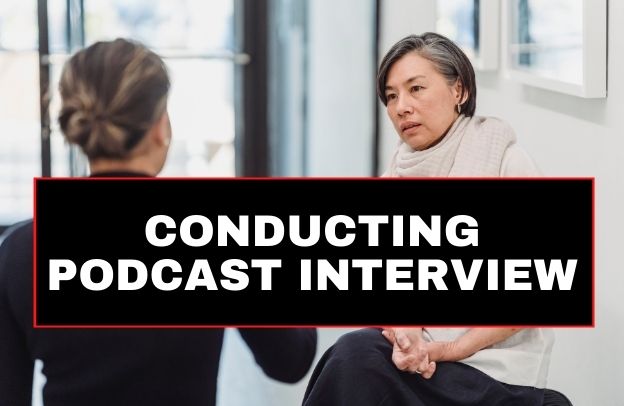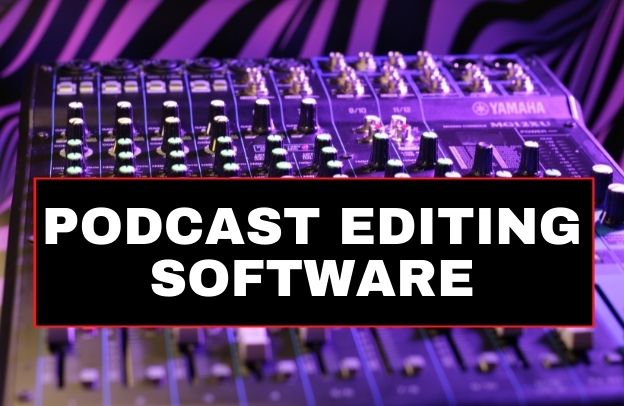17 Essential Podcasting Tools For Every Podcaster
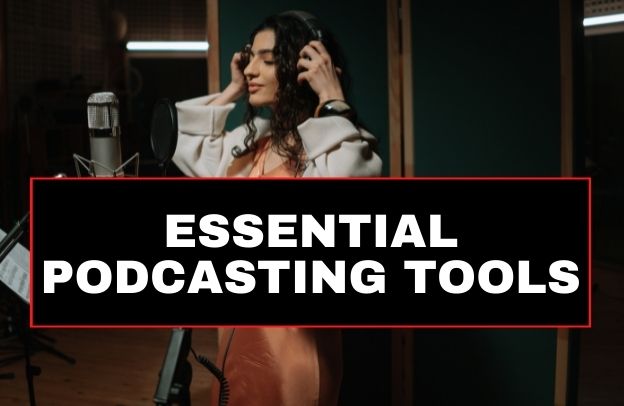
To create an excellent podcast, you need quality tools to help you achieve that. There are a handful of podcasting tools available at your disposal. If you are looking out for that, read this article as I compiled a list of 17 essential podcasting tools for every Podcaster, especially if you are a beginner.
Download the first chapter of The Storytelling Series: Beginners’ Guide for Small Businesses & Content Creators by Obehi Ewanfoh.
Use Calendy To Schedule Your Podcast
Scheduling your podcast can sometimes be overwhelming especially when you are time-strapped. Tools like Calendy can help you schedule your podcast interviews without hassle.
Using this tool, you can determine the time and day your podcast interviews will kickstart and when you share your podcast on your social media platforms if you share your contents there.
The app is very efficient in helping users set time in different time zones – so if you perhaps have an interview with a guest in a different time zone, you need to work with the app.
Calendy has free options and paid options; the free Options help you set time for single events, whereas the paid plan allows users to schedule time for multiple events.
It is the best option when you want to coordinate meetings and interviews with guests from different time zones.
Use Podbase To Host Your Podcast
Publishing your podcast in Podbase is very efficient. Podbase, or rather Podbean is one of the oldest podcast hosting sites most professional podcasters use.
It has a free version a beginner Podcaster can try out before venturing into the paid options, but one thing about it helps to easily track your RSS feed and also distribute your podcast to listening apps.
Engage With Your Audience Using Speakpipe
Lately, speakpipe has reduced the difficulty of communicating with audience or podcast listeners.
Speakpipe is another essential tool for all podcasters looking to communicate with their audience via voicemail.
When you attach this tool to your description box or website, your audience can easily record a voicemail to you. It has a free plan with a limited number of messages per month, whereas the paid plan allows unlimited messages.
Create Your Cover Art Using Canva
Canva is one of the simplest graphics design tools that novices in the field can use. If you don’t have enough money to outsource the creation of your cover art to graphics designers, you can work with this tool.
It has a simple and easy-to-navigate user interface with lots of free templates.
All you need is to visit their website, Canva.com, or download the app on your device before you start editing your pictures.
Host And Monetize Your Podcast With Libsyn
With as low as $5, you can host your podcast In Libsyn, one of the oldest hosting sites.
Libsyn distributes any hosted podcast on the platform to different directories. You can also monetize your podcast through their subscription plan; your listeners pay for each podcast episode.
And yes! You can easily track your podcast statistics when using the platform.
Create And Store Your files Using Dropbox
Dropbox is another excellent tool every Podcaster needs. You can set up a free Dropbox account and create and store your file by using the device.
Dropbox is very simple to use considering its user interface; you can easily upload your files in your free account, where your listeners can download and listen to your podcast.
However, you can create your RSS feed by using dropbox, which allows your listeners to subscribe to your podcast shows.
Use Wavve To Convert Your Audio To Video
Sometimes, sharing podcast audio to different social media platforms has been hard to crack. But Wavve is an explicit tool designed to help podcasters convert audio files to video for quality social media engagement.
Wavve has timer animations that quickly grab the audience’s attention and let them know the video is playing right.
Use Buffer To Schedule Your Social Media Post
Social media is the fastest way you can grow your podcast business. Sharing your podcast shows frequently would help to cement your podcast brand in your audience’s minds.
However, tweaking and sharing content becomes tough when using different social media platforms.
Buffer is an excellent scheduling tool that helps you in sprucing up your content across different social media channels you use.
Are you looking to grow your audience?
Buffer will help you plan, create and approve your content. Try its free options and see if they will help you achieve your goal.
Host Your Podcast With Buzzsprout
Buzzsprout is another essential tool podcasters should use. You can host your podcast using Buzzsprout and have it distributed across multiple channels.
Its advanced options give clear analytics of your audience—their exact location, city, your episode that intrigues them most, demographics, and much more.
Using this tool, you can easily track your listeners’ favorite listening platform and frequently share your content to grow your fan base.
Stay In Touch With Your Listeners Using Convertkit
Growing your fan base depends on how frequently you contact your listeners. Keeping in touch with your audience through email campaigns is deemed necessary.
It’s the best way to nurture your casual visitors into a fan by constantly sending them emails regarding a new podcast episode.
Add email signup on your website to get their details and supply them with newsletters using Convertkit.
Convertkit gives you the flexibility you need in your marketing process. It allows you to spend more time creating content and less marketing to your audience.
Live Stream Using Streamyard
Live streaming is now the most preferred way people communicate. People love watching videos compared to text, and if it’s a live stream, it will urge people to watch and comment on the video.
Streamyard is rated the best tool to record a live conversation with your guest and distribute the video across multiple platforms like Facebook, YouTube, etc…
All you need before recording a live stream with Streamyard is a computer and browser – when you sign up, you share your custom link to your guest and kick start your interview.
Edit Your Audio Using Auphonic
Auphonic is an excellent tool designed to edit podcast audios. The platform helps to refine your podcast audio to standard.
It helps to rid of background noise and offers loudness normalization.
Auphonic offers an audio algorithm that helps to customize your content to different file formats. It has a simple user interface that requires little to no editing knowledge.
Spruce Up Your Audio Using Hindenberg
You should know that audio quality determines if your podcast episode will drive and resonate with your listeners.
A crisp, clear audio enables your listeners to drill the value you are offering them. Knowing the importance of your audio quality, sharpen your audio using the Hindenberg tool.
This tool is one of the podcasters’ best tools to polish their audio content. Rid off all background noise, humming, and unwanted plosives from your audio and edit to standard with Hindenberg.
Although its paid options are different, you will see the pricing that aligns with your budget.
Transcribe Your Audio To Text Using Maestra
Believe me, not everybody would like to listen to podcast audio. Some still prefer reading rather than listening.
Why don’t you transcribe your podcast to text?
With the available tools online like Maestra, transcribing audio to text has become relatively easy.
Maestra automatically converts audio content to words you can publish on your website for your audience to read and gain value.
It has a free version you can examine before advancing to the monthly paid options that starts at $29.
Use Krisp To Filter Noise
Krisp is another tool that podcasters should use. Krisp automatically filters all background noise when recording, thus giving a podcast a quality audio sound.
It’s very simple to use – no special knowledge is required. The platform is one of the best you can work on refining your podcast audio.
Use Trinity Audio
Converting your written content to audio is possible with Trinity Audio. The platform helps convert all your texts to audio in just a few clicks; no special ability is needed.
This is one of the best tools to convert text to audio. It has a free version you can text but be aware that it has limitations. But the monthly subscription offers full access to the features of the tool.
Use Microphone
Recording your audio content can’t be done without the help of a microphone and its stand.
Using a good microphone will record crisp and clear sound before moving to the editing, publishing, and distribution process. Hence, to record pristine audio, use a quality microphone.
Conclusion On 17 Essential Podcasting Tools For Every Podcaster.
Creating a quality podcast can’t be achieved when the necessary tools are not used. You must not use all the tools to achieve your aim, but by working with a few of the above-mentioned tools, you will polish your audio until it’s at its best.
Download the first chapter of The Storytelling Series: Beginners’ Guide for Small Businesses & Content Creators by Obehi Ewanfoh.

